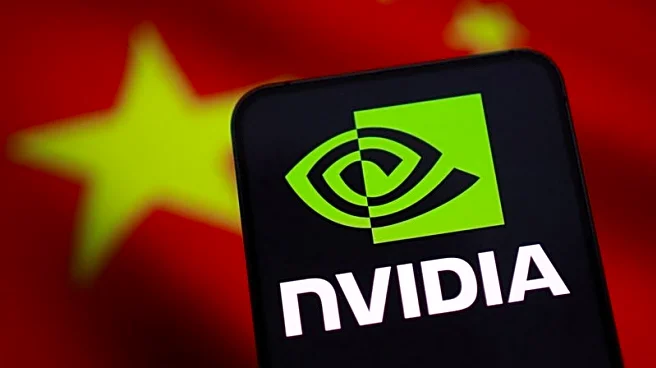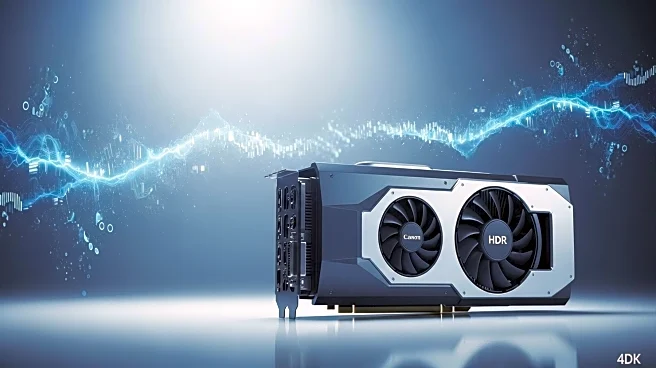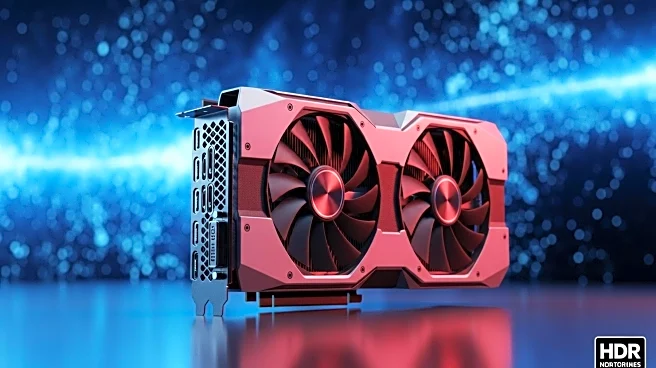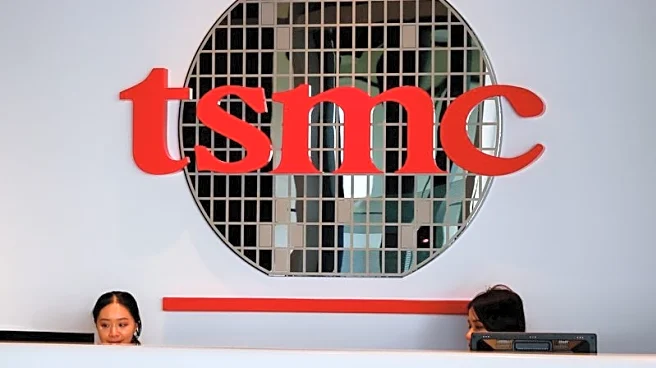What's Happening?
Nvidia is advancing its strategic efforts to maintain a competitive edge in China's AI market by developing new AI chips that comply with U.S. export regulations. The company has introduced the B30A chip, which is based on the Blackwell architecture and offers significant performance improvements over the H20 model. This chip is designed to meet U.S. export rules while retaining essential features like high-bandwidth memory and NVLink interconnects. Nvidia plans to ship samples of the B30A to Chinese clients by September 2025, with commercial availability expected in early 2026. Additionally, Nvidia is launching the RTX 6000D chip, aimed at cost-effective AI inference, which will be available to Chinese clients starting in September 2025.
Why It's Important?
Nvidia's strategic push into the Chinese market is crucial as it navigates geopolitical tensions and increasing competition from local companies like Huawei. The introduction of the B30A and RTX 6000D chips allows Nvidia to maintain its presence in a lucrative market while adhering to U.S. export controls. This move is significant for investors, as it represents a potential growth opportunity in a market where Nvidia's ecosystem advantages, such as CUDA and NVLink, provide a competitive edge. However, the geopolitical risks remain, with China's initiatives to increase domestic AI chip production posing a long-term threat to Nvidia's market share.
What's Next?
Nvidia's strategy involves leveraging its technological superiority to secure its position in the Chinese market. The company is expected to continue developing chips that comply with export regulations while offering competitive performance. Analysts have raised Nvidia's stock price target, reflecting optimism about the company's ability to capitalize on AI market growth. However, Nvidia must navigate potential challenges, including China's self-sufficiency goals and regulatory hurdles, which could impact its revenue from the region.












